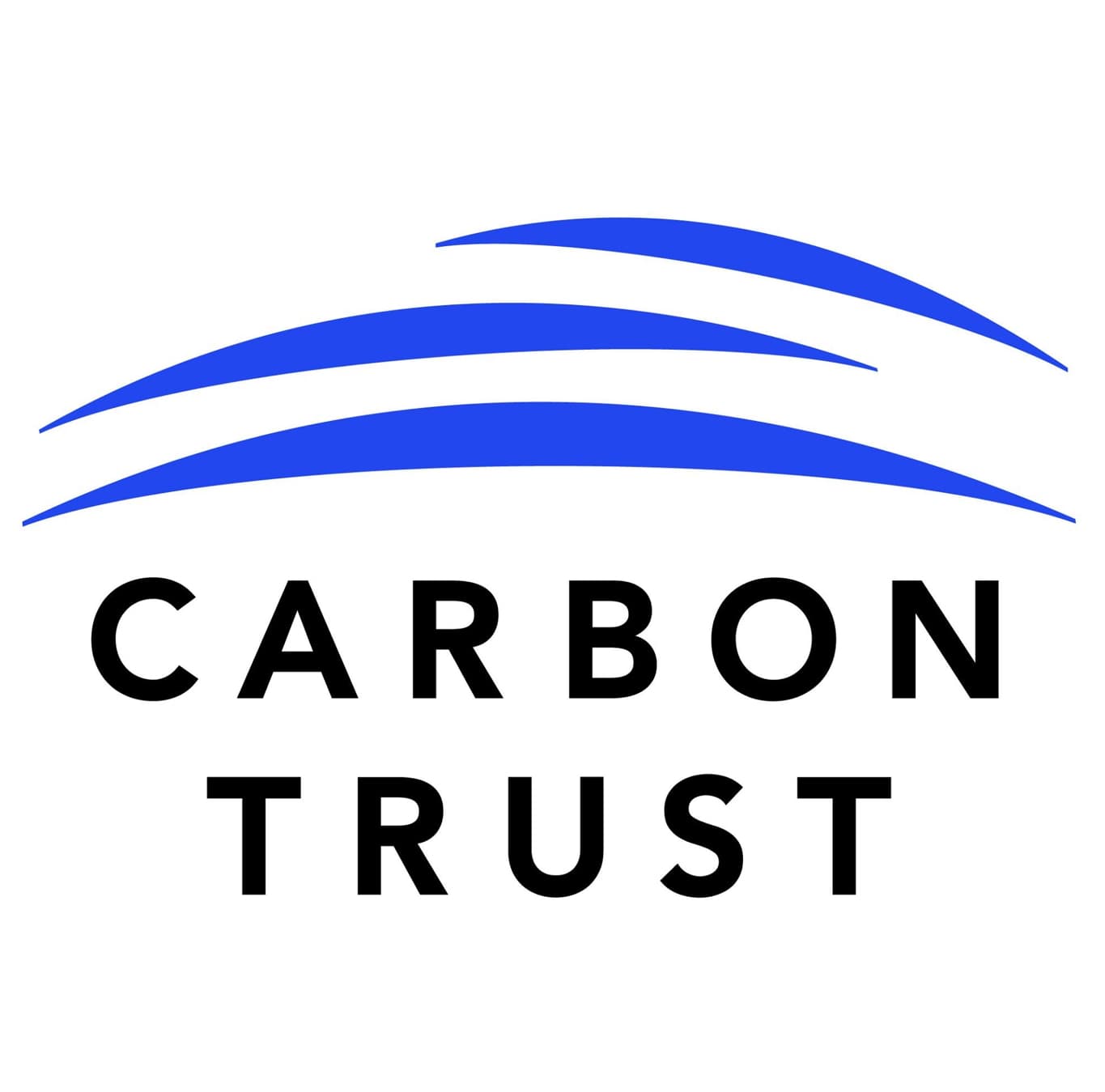Report

Prepare your organization for external assurance
Allocate time and resources to gather the information and implement the processes necessary for assurance
Key questions to ask yourself
To prepare your organization for assurance, it will be useful to consider the following:
Are there specific regulatory requirements in your region? For instance, EU-based businesses will need to comply with the assurance rules set out by CSRD but may also be subject to additional reporting requirements set by individual member states
Are your processes and controls for sustainability reporting as robust as those for financial reporting? You may choose to undergo an assurance readiness assessment to identify any gaps in the data, processes, and controls you will need to address for future mandatory assurance
What standard is your emissions data calculated in line with? Verifiers will likely require emissions to have been calculated in line with a robust standard, like the GHG Protocol, the most commonly used standard for emissions accounting
What information or claims are you seeking assurance for? This will determine the evidence you need to gather and the assurance provider you select. For more information on verification of emissions data, read Chapter 3, Step 3: Verify Your Company’s GHG Footprint
Internal controls are the first line of assurance
Your organization should develop internal controls (procedures and rules) which ensure credibility within sustainability reporting. This will help to identify any issues relating to data, assumptions and sustainability plans.
In turn, this will also help your organization prepare for external assurance. Through internal assurance, your organization can identify and address any gaps ahead of external reporting and gather information which external assurance providers will ask for.
Providing evidence
It is important that any information you supply to your assurance provider is verifiable. They will likely ask you to provide granular information, such as:
Information related to GHG emissions, including relevant sources of data, data collection processes, and details of how emissions have been calculated. For more information, see Chapter 2: Measure and verify
Details on climate-related targets, including scope, baseline year, timelines, progress metrics, target-setting methodology, and whether they are absolute or intensity targets
Internal processes relating to climate governance, including carbon pricing, remuneration packages linked to climate-performance, and controls in place to measure progress against transition plans
Details of decision-making processes and justification of any assumptions, including how you determined what risks and opportunities are material to your business, and details of any metrics you disclose
Choosing a provider
The regulatory requirements in your region should be the first factor to consider when choosing a provider. For instance, certain assurance activities in China must be carried out by a formally accredited body.
The reporting mechanism you adhere to may also determine what to look for in a provider. It might specify whether assurance providers should be accredited, statutory auditors, or simply external organizations with relevant subject matter expertise. It might also stipulate that your provider follow certain assurance standards. For instance, CDP only accepts verification that has been completed in line with recognized verification standards. The most widely used standard for ESG assurance is ISAE 3000, developed by the International Auditing and Assurance Standards Board (IAASB). IAASB is currently developing a new overarching assurance standard for sustainability reporting, expected to be released in 2024.
Lastly, your choice of provider will likely be determined by what you are looking to assure. Many organizations offer verification of emissions data, while a smaller pool of providers offers assurance of climate-related financial disclosures, Net Zero transition plans, and progress toward key Net Zero milestones.
For practical guidance on choosing the right assurance provider for your organization and entering into an assurance engagement, see WBCSD’s buyer’s guide to assurance on non-financial information.
WBCSD - ICAEW - A buyers guide to assurance on non-financial information
Limited assurance vs reasonable assurance | Assurance process | ICAEW